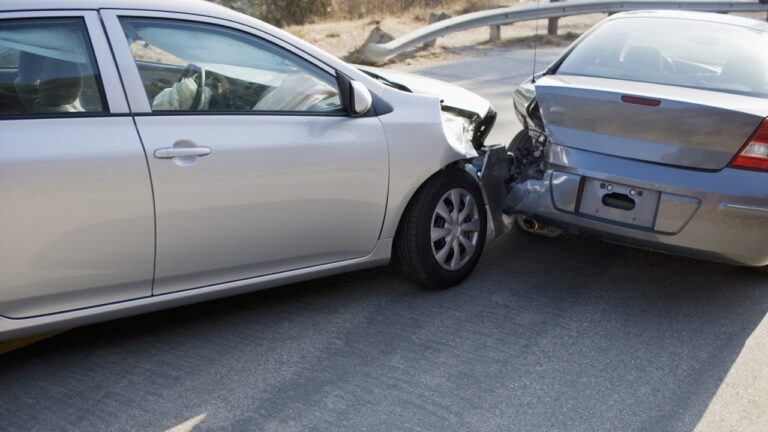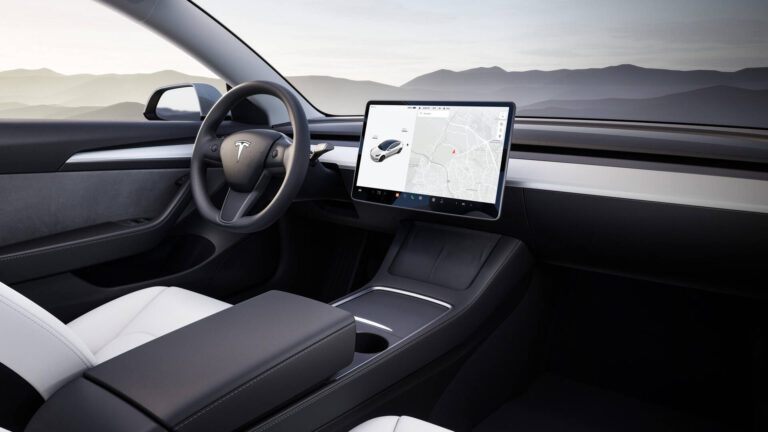What is Driver’s Insurance?
What is Driver’s Insurance? is a form of financial protection that offers coverage for damages and liabilities incurred while operating a vehicle. This insurance is crucial not only for the protection of drivers and their assets but also as a legal requirement in most parts of the world. The importance of drivers insurance cannot be overstated, as it helps mitigate the financial risks associated with road accidents, theft, and other unforeseen incidents involving vehicles.
The Basics of Drivers Insurance
Definition and Purpose
Drivers insurance is a contract between the vehicle owner and an insurance company. The owner pays a premium, and in return, the insurer agrees to cover specific financial losses related to the vehicle, subject to the terms and conditions outlined in the policy. The primary purpose of drivers insurance is to protect the policyholder from significant financial losses resulting from accidents, theft, or other damages.
Types of Coverage in What is Driver’s Insurance?
- Liability Coverage: This is the most basic form of auto insurance and is required by law in most jurisdictions. It covers bodily injury and property damage that the driver may cause to others in an accident. It does not cover the driver’s own injuries or vehicle damage.
- Collision Coverage: This type of coverage pays for damage to the policyholder’s vehicle resulting from a collision with another car or object, regardless of who is at fault.
- Comprehensive Coverage: Comprehensive insurance covers damage to the vehicle caused by non-collision events such as theft, fire, vandalism, and natural disasters.
- Personal Injury Protection (PIP): Also known as no-fault insurance, PIP covers medical expenses and, in some cases, lost wages and other damages, regardless of who was at fault in the accident.
- Uninsured/Underinsured Motorist Coverage: This coverage protects the policyholder if they are involved in an accident with a driver who has no insurance or insufficient insurance to cover the damages.
- Gap Insurance: This covers the difference between the actual cash value of a vehicle and the balance still owed on the auto loan, in the event of a total loss.
Legal Requirements in What is Driver’s Insurance?
Minimum Insurance Requirements
The legal requirements for drivers insurance vary by country and even by state or region within countries. However, most places mandate at least liability coverage to legally operate a vehicle. For example, in the United States, each state sets its own minimum coverage limits for bodily injury and property damage liability.
Penalties for Non-Compliance
Driving without insurance can lead to severe penalties, including fines, suspension of driving privileges, and even jail time in some cases. Additionally, if an uninsured driver is involved in an accident, they can be held personally liable for all damages and medical costs, which can lead to significant financial hardship.
How Drivers Insurance Works in What is Driver’s Insurance?
Premiums and Deductibles
- Premiums: The amount paid by the policyholder to the insurance company, typically on a monthly or annual basis. Premiums are calculated based on various factors, including the driver’s age, driving history, vehicle type, location, and coverage limits.
- Deductibles: The amount the policyholder must pay out of pocket before the insurance company covers the remaining costs. Higher deductibles usually result in lower premiums, and vice versa.
Claims Process
When an accident or damage occurs, the policyholder must file a claim with their insurance company. The process generally involves:
- Notification: The policyholder must inform the insurer about the incident as soon as possible.
- Documentation: Providing necessary documentation such as police reports, photos of the damage, and statements from witnesses.
- Assessment: The insurance company will assess the claim, which may involve inspecting the vehicle and determining the extent of the damage or liability.
- Payment: Once the claim is approved, the insurer will pay out the agreed amount, minus any deductibles.
Factors Affecting Insurance Rates in What is Driver’s Insurance?
Several factors influence the cost of drivers insurance premiums:
- Driving Record: Drivers with a history of accidents or traffic violations are considered high risk and are charged higher premiums.
- Age and Gender: Younger drivers, particularly males, typically face higher insurance rates due to their higher likelihood of being involved in accidents.
- Vehicle Type: The make, model, and year of the vehicle can affect premiums. Expensive or high-performance cars usually cost more to insure.
- Location: Urban areas with high traffic density and crime rates can lead to higher premiums compared to rural areas.
- Credit Score: In some regions, insurers use credit scores to predict the likelihood of filing a claim. A lower credit score can result in higher premiums.
- Coverage Limits: Higher coverage limits and additional coverage options increase the cost of insurance.
Special Types of Drivers Insurance in What is Driver’s Insurance?
High-Risk Insurance
High-risk insurance is for drivers who are considered to be at a greater risk of filing a claim. This group includes individuals with poor driving records, those who have been convicted of driving under the influence (DUI), and young or inexperienced drivers. High-risk insurance policies are usually more expensive and may come with stricter terms and conditions.
Usage-Based Insurance
Usage-based insurance (UBI) is a modern approach where premiums are determined based on the driver’s behavior and usage patterns. This is often monitored through telematics devices installed in the vehicle. UBI can benefit safe drivers with lower premiums, as it directly correlates the cost of insurance with the actual driving habits.
Choosing the Right Insurance Policy in What is Driver’s Insurance?
Assessing Coverage Needs
When selecting a drivers insurance policy, it’s important to assess individual coverage needs. Factors to consider include the value of the vehicle, driving habits, financial situation, and legal requirements. Comprehensive and collision coverage might be necessary for newer or high-value vehicles, while older cars might only require liability coverage.
Comparing Insurance Providers
To find the best insurance policy, drivers should compare quotes from multiple providers. Factors to evaluate include premium costs, coverage options, customer service, and the insurer’s financial stability. Online comparison tools and consulting with insurance brokers can help in making an informed decision.
Benefits of Drivers Insurance
Financial Protection
One of the primary benefits of drivers insurance is financial protection. In the event of an accident, insurance can cover repair costs, medical expenses, and legal fees, thereby preventing significant financial strain on the policyholder.
Legal Compliance
Having the required insurance coverage ensures that drivers comply with local laws and regulations, avoiding legal penalties and fines associated with driving uninsured.
Peace of Mind
Knowing that one is financially protected against various risks associated with driving provides peace of mind. This allows drivers to focus on the road without worrying about the potential financial consequences of an accident or other incidents.
Challenges and Considerations in What is Driver’s Insurance?
Rising Insurance Costs
One of the challenges faced by drivers is the rising cost of insurance premiums. Factors contributing to this increase include higher repair costs, increased frequency of accidents, and the growing prevalence of distracted driving. To manage costs, drivers can explore discounts for safe driving, bundling multiple policies, and maintaining a good credit score.
Fraud and Abuse
Insurance fraud and abuse are significant issues that affect the cost and availability of coverage. Fraudulent claims, staged accidents, and exaggerated damages lead to higher premiums for all policyholders. Insurance companies combat fraud through advanced analytics, investigations, and collaboration with law enforcement.
The Future of Drivers Insurance
Technological Advancements
The drivers insurance industry is evolving with technological advancements. Telematics, autonomous vehicles, and advanced driver-assistance systems (ADAS) are changing how insurance is assessed and priced. Telematics provides real-time data on driving behavior, allowing for more accurate risk assessment and personalized premiums.
Shift to Autonomous Vehicles
As autonomous vehicles become more prevalent, the nature of drivers insurance is likely to change. The focus may shift from insuring individual drivers to insuring the software and technology behind autonomous systems. This could lead to new types of policies and coverage options.
Environmental Considerations
With the increasing emphasis on environmental sustainability, the insurance industry is also adapting. Policies may incorporate incentives for eco-friendly driving practices and the use of electric or hybrid vehicles. Additionally, insurers may develop products that address climate-related risks, such as extreme weather events.
Conclusion on What is Driver’s Insurance?
Drivers insurance is an essential component of responsible vehicle ownership. It provides financial protection, ensures legal compliance, and offers peace of mind to drivers. Understanding the different types of coverage, factors affecting premiums, and how to choose the right policy can help drivers make informed decisions. As the industry evolves with technological advancements and changing driving habits, drivers insurance will continue to play a crucial role in safeguarding individuals and society against the financial risks associated with driving.





